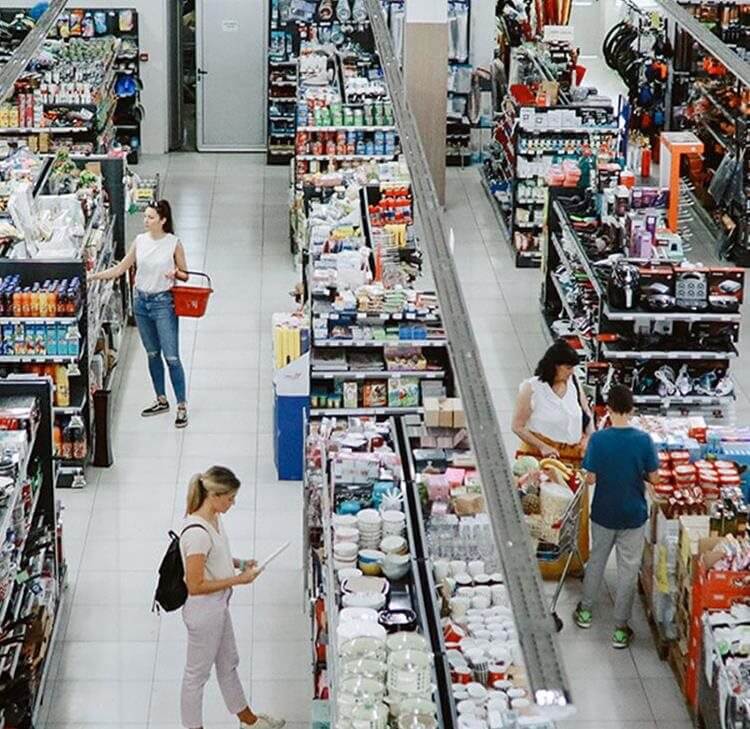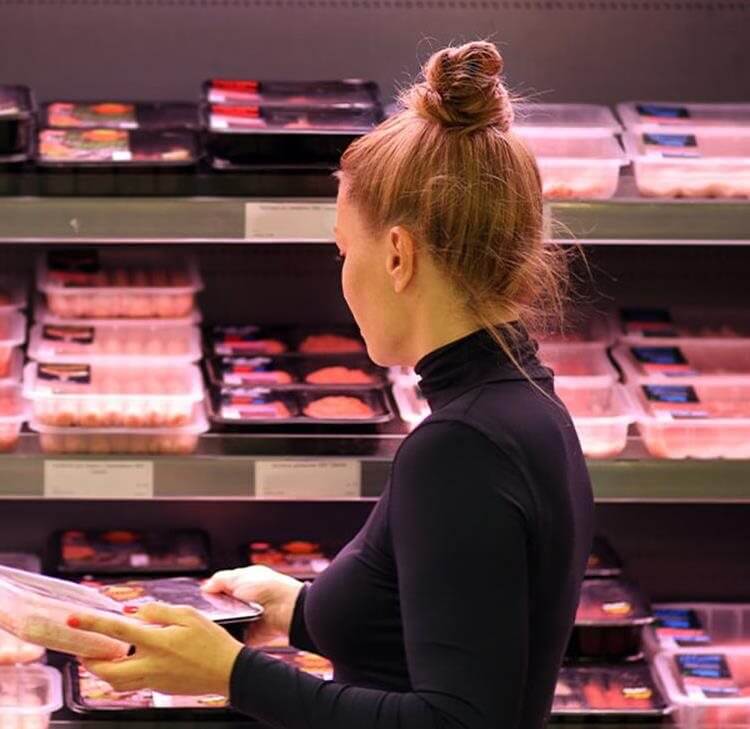The rapid grocery delivery boom
No retail and logistics specialist will have been surprised by the news that ecommerce businesses, responding to high customer demand during the pandemic, have contributed to a jump in warehouse lettings, or that one of the ecommerce disrupters within the retail sector has been rapid grocery delivery services.
No retail and logistics specialist will have been surprised by the news that ecommerce businesses, responding to high customer demand during the pandemic, have contributed to a jump in warehouse lettings, or that one of the ecommerce disrupters within the retail sector has been rapid grocery delivery services.
Dozens of on-demand grocery delivery start-ups have launched across Europe - Glovo landed a €100m (£85m) real estate partnership in January to help it open up hundreds of dark stores in 2021, and Gorillas raised €245m in March, at a $lbn (£730m) valuation, to move fast into new markets.
It would be a mistake to think that rapid grocery delivery services were a function of the pandemic. The major UK supermarkets had already introduced same-day services but were forced to suspend them during the pandemic. The pandemic has merely accelerated the trend for innovative new delivery models.
Even customers who had been ecommerce refuseniks were forced by the pandemic to accept online delivery models, and those retailers with robust ecommerce platforms saw five years’ growth in the first five months of the pandemic.
What is clear from the work we have been doing is that the pandemic has increased customers' expectations and that a range of delivery options is now essential to success. We believe this trend is here to stay.
However, there is no one-size-fits-all approach. Some retailers have outsourced their delivery services, others have entered strategic partnerships and some are providing the services themselves.
For those choosing to provide services themselves, there are a number of challenges, from finding suitable warehouse facilities when there is limited stock available and heavy demand from logistics operators, to a chronic shortage of suitable drivers to perform delivery services. There are also difficulties when it comes to identifying suitable packaging to ensure produce remains fit for consumption.
Self-sourcing delivery is not a cheap or easy option, and it is no wonder private equity is pumping money into delivery services.
This article was originally published on 14 October 2021 in Property Week.
Contact

Caroline Green
Senior Partner
caroline.green@brownejacobson.com
+44 (0)20 7337 1026








































